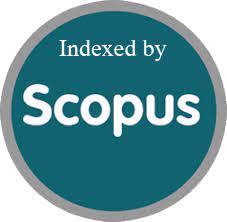Two Models of Social Justice: Ambedkar’s Constitutional Equality and Deendayal Upadhyaya’s ‘Antyodaya’
DOI:
https://doi.org/10.84761/fsdxrc95Abstract
Attainment of social justice is one of the key components of affirmative action across the globe and India in particular. Social justice has been a key policy objective in Indian public policy making since independence. The Constitution of India enshrines the principles of equality, fraternity, liberty and justice for all its citizens irrespective of caste, creed and sex. The Constitution provides for the provisions for affirmative action and ‘protective discrimination’ in many of its articles such as Articles 14, 15, 16, 17, 18, 19, 39, 46 etc. The paper considers two prominent figures i.e. Dr B.R. Ambedkar and Pandit Deendayal Upadhyaya in Indian political and social thought who strived for the attainment of social justice in India. Their approaches were different but the result they wanted to achieve were the same. Ambedkar stressed on the constitutional principles of liberty and equality and called for the elimination of social inequality as epitomized in sub-humam graded inequality of caste and caste system. Deendayal Upadhayay through his concept of ‘Antodaya’ strived to help the underprivileged and vulnerable section of the Indian society. This paper attempts a comparative analysis of the view and approach of Ambedkar and Deendayal Upadhyaya towards the attainment of social justice in Indian social order.









